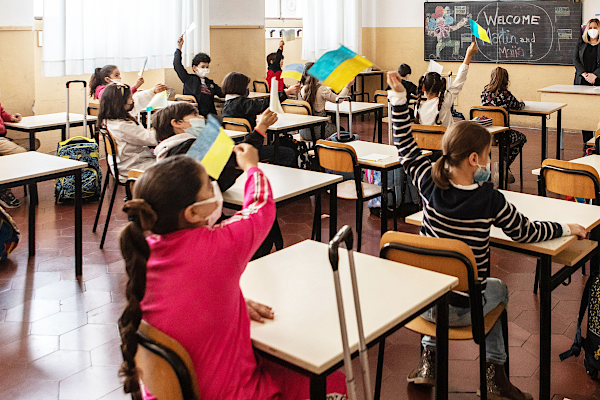
Statistics and Probability: Simplifying Complex Concepts for School
21 July 2023 / by Crystal Brown
Probability and statistics might initially sound daunting, but these subjects offer a fascinating way to understand and interpret the world around us. In this blog post, we’re going to break down the core concepts, equipping students with the knowledge needed to solve intriguing problems and even impress their peers. So let’s dive in!
The Basics: What Are Statistics and Probability?
Statistics is a branch of mathematics that focuses on the collection, analysis, interpretation, presentation, and organization of data. On the other hand, probability deals with the analysis of random phenomena and is used to predict a particular outcome from a set of outcomes.
Decoding Probability
The concept of probability is derived from our day-to-day life. Have you ever thought about your chances of getting a heads or tails when you flip a coin, or the likelihood of it raining tomorrow? These are all instances of probabilities.
The probability of an event is calculated by using the formula:
P(E) = Number of favorable outcomes / Total number of outcomes
Now, let’s use a practical example to understand this concept better. Consider a deck of 52 playing cards. If we want to find out the probability of drawing a heart, we have:
Number of hearts in a deck = 13 (favorable outcomes) Total number of cards in a deck = 52
So, P(Heart) = 13/52 = 1/4 = 0.25. This indicates that there’s a 25% chance of drawing a heart from a deck of cards.
Diving into Statistics
Statistics revolves around data. It involves collecting data, analyzing it, and then interpreting the results. There are two main types of statistics:
-
Descriptive statistics summarize and organize characteristics of a data set. A teacher might use descriptive statistics to provide a summary of a student’s test scores.
-
Inferential statistics are used when data is viewed as a subset of a larger population. It’s all about making predictions or inferences about a population based on a sample of data.
Let’s consider an example. A school might conduct a survey on students’ favorite subjects and find that 60% of respondents prefer Mathematics. Here, descriptive statistics describe the data, while inferential statistics would allow the school to infer that about 60% of all their students prefer Mathematics.
The Relationship Between Probability and Statistics
Although probability and statistics are separate disciplines, they are intimately related. Probability theory provides a mathematical foundation to concepts encountered in the study of statistics. On the other hand, statistics allows the probabilistic statements made to be framed in terms of empirical data.
For example, a clothing store may predict that the probability of selling a particular item will be high in the winter. This prediction (probability) could be based on previous sales data (statistics).
Why Are Probability and Statistics Important?
Understanding probability and statistics can equip students with critical thinking skills. These concepts are not only vital in many academic fields such as physics, engineering, and economics, but they are also essential in everyday decision making.
Tools to Master Probability and Statistics
Here are a few online tools that can help students master these concepts:
- Khan Academy: A vast library of easy-to-understand lessons on both probability and statistics.
- Wolfram Alpha: A computational search engine that can solve complex statistical and probabilistic problems.
- Stat Trek: Offers free online lessons on statistics and probability, along with a variety of web-based tools.
Conclusion
Don’t be afraid of the concepts of probability and statistics. By understanding these concepts, students are better prepared not just for their exams, but for making sense of the data-driven world around us.
Remember, probability and statistics are all around us, from predicting weather to choosing the fastest checkout line at the supermarket. So, embark on the journey of understanding these concepts – you might be surprised how much fun you can have along the way!



